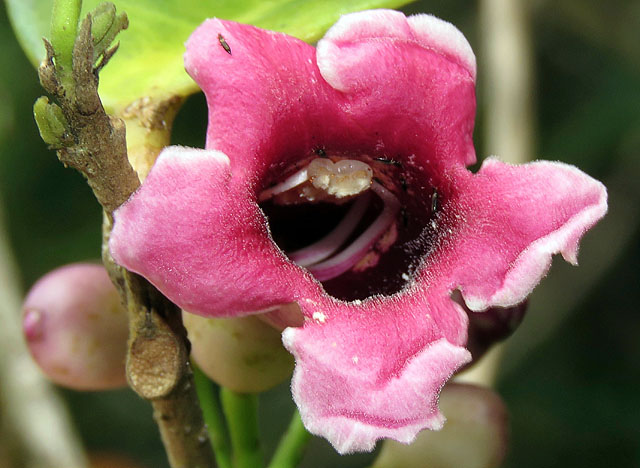Rich Hoyer on his just-completed tour, Jamaica
We breezed through the natural history of Jamaica this past week, seeing all endemic bird species along with many other fascinating life forms (many of them endemic too) that conspire with the unique sounds and smells, as well as the very friendly local people and delicious food, to give this island such a memorable and lovely character. We got to know a large part of the island with our scenic drives on back roads, starting on the north coast, then reaching the eastern end, over the mountains, to the southern tip, and finally a trip through the middle of the island after a most delightful stay at Marshall’s Pen.
We started the tour with a stay at a hotel with a stunning view of the Caribbean Sea below.
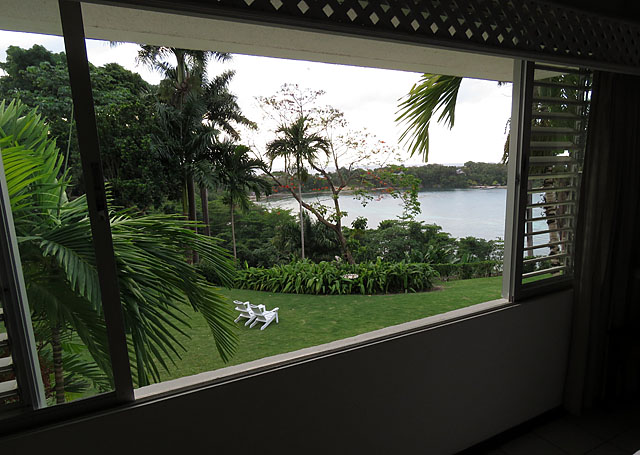
Every day had wonderful highlights, from an almost instantaneous Jamaican Owl to super confiding Jamaican Todies, amazingly close White-tailed Tropicbirds and a last-second Rufous-throated Solitaire. But one day in particular was amazing from beginning to end. We had a full morning at Marshall’s Pen, during which we watched Red-billed Streamertails fighting over the nectar-dripping flowers of the Euphorbia punicea, in peak bloom during our visit.
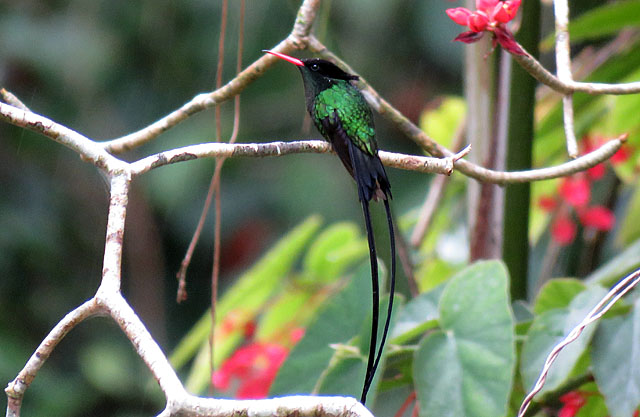
Just below the hummers was a pair of adorable Jamaican Todies, voted one of the top birds of the tour.
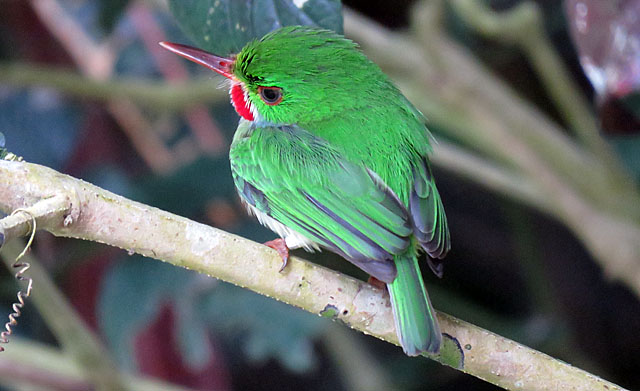
Across from them was a feeder with the orange halves impaled, visited by a pair of Jamaican Woodpeckers.
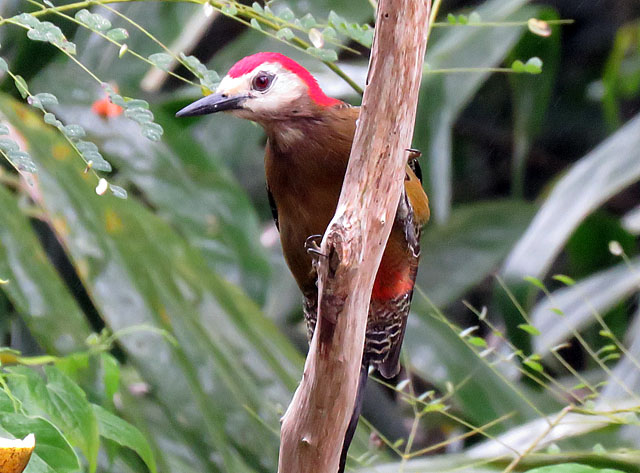
Once the woodpeckers left, an Orangequit, an endemic genus and one of the most distinctive birds in Jamaica, came down and took his fill.
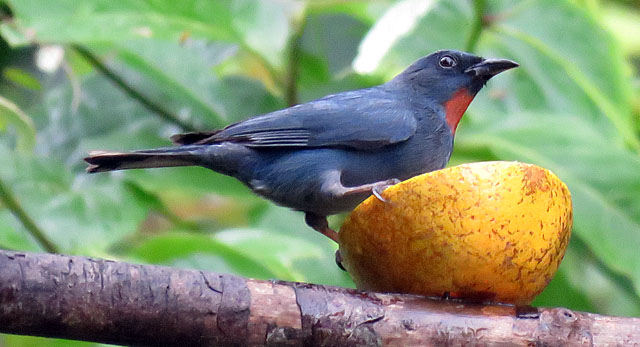
We then took an afternoon drive to the Black River Upper Morass, where low levels of water and overgrown marshes were not promising for big numbers of birds, but we lucked into quality. After seeing Limpkin, Least Bittern, and Purple Gallinule, timing was just right for a response from a Spotted Rail that walked out into the open. We ended up seeing three birds from this location!

Then just down the road was a slightly different patch of vegetation, and a quick attempt for Yellow-breasted Crake resulted in a vocal response. Before long we were watching two of them walking through the sedges, eventfully to emerge out in the open and walk several yards across totally open marsh to perch on a small log.
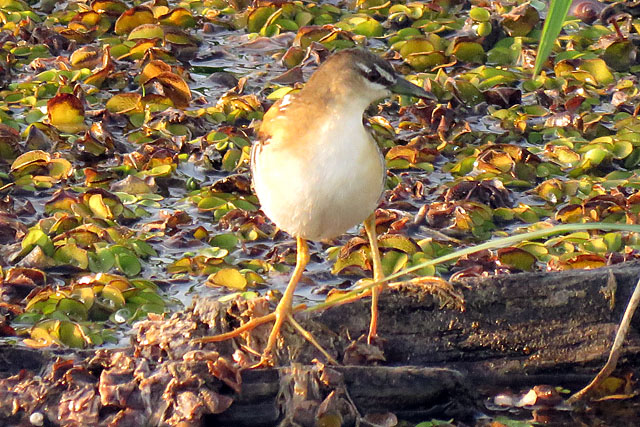
If that weren’t enough, after dinner back at Marshall’s Pen we got views of a Northern Potoo flying over us twice, finally seeing a second one perched through many branches. But then just a few feet away we noticed a Jamaican Owl hunting silently from a fence post, completely unperturbed by our close presence.
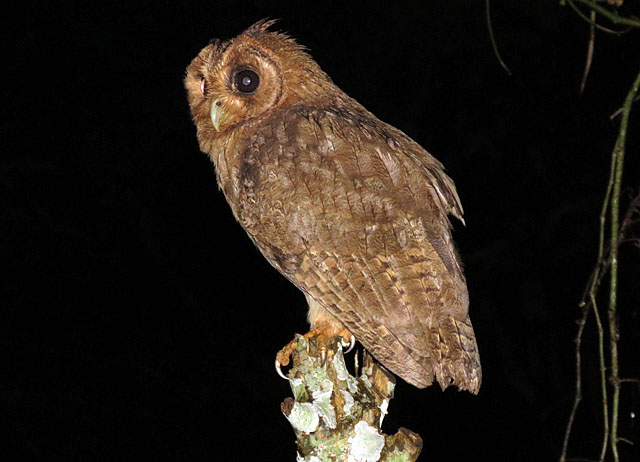
If the birds weren’t enough, we had beetles, millipedes, snails, lizards, and butterflies to look at. One evening in the mountains the moths were particularly good, one of the prizes being the endemic and seldom witnessed Jamaican Furry-legs, Acraga ciliata.
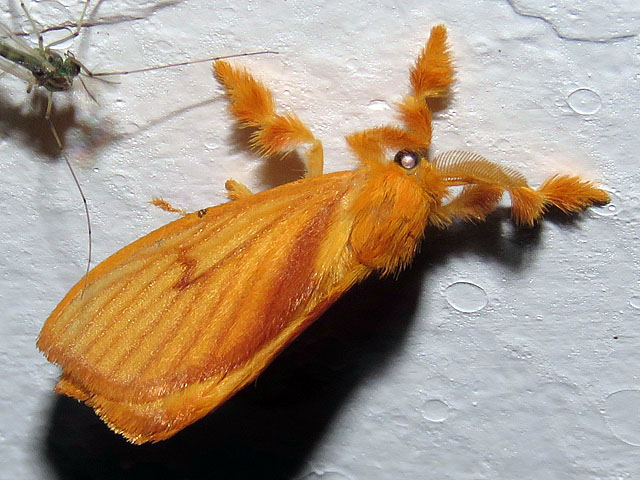
We birded our final day of the tour in the Cockpit Country, seeing our last endemic species in the form of a perched Yellow-billed Parrot. We also heard Plain Pigeon (and two that flew over in a split second were likely also this endemic subspecies), and then the aforementioned Rufous-throated Solitaire completed the entire list of endemic species and subspecies currently known to occur on the island, one of the few times we’ve done that. So we walked on slowly, saw some nice butterflies, and took time to enjoy the flowers and other endemic plants, such as this Jamaican Schlegelia, Schlegelia parasitica, a little-known plant of the limestone hills.
